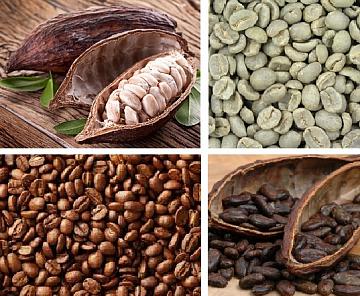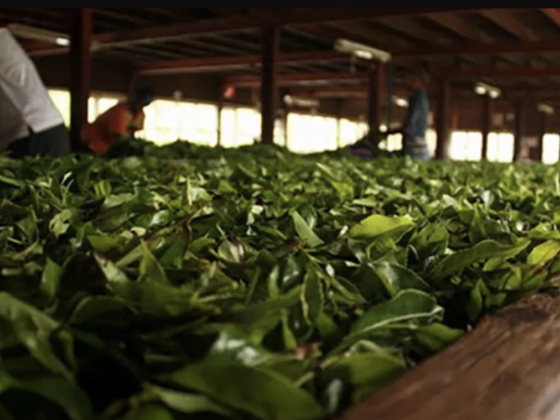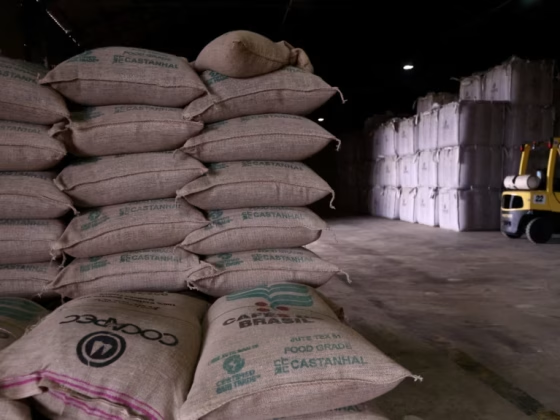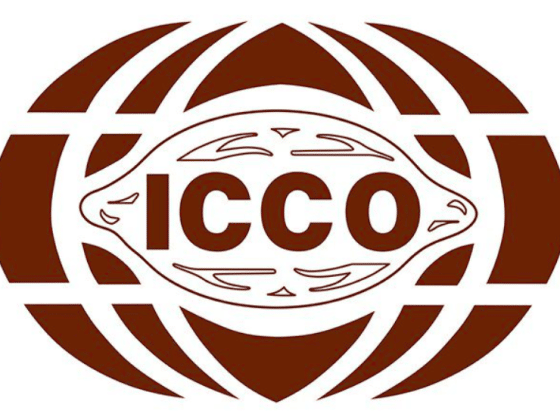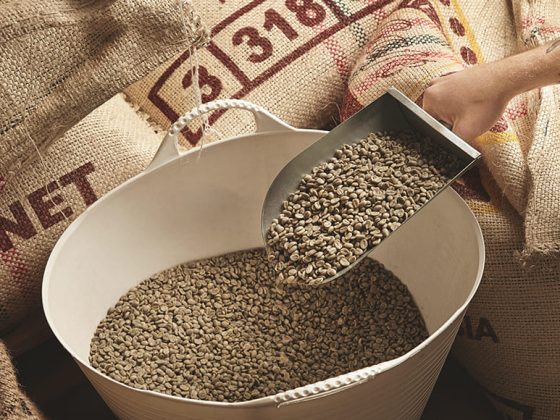Goldman Sachs Group Inc. lowered its price forecasts for arabica coffee futures in New York, citing an improving production outlook in leading grower Brazil.
Prices will be at $1.45 a pound in three, six and 12 months, the bank said in a report e-mailed today. That is down from previous forecasts of $1.55 a pound, $1.65 a pound and $1.75 a pound, respectively, it said. Arabica futures for delivery in July fell 0.6 percent to $1.4225 a pound by 9:14 a.m. on the ICE Futures U.S. exchange in New York.
Brazil will harvest 47 million to 50.2 million bags of coffee this year, Conab, the government’s crop-forecasting agency, estimates. That is down from 50.8 million bags a year earlier and may be a record for a year in which trees enter the lower-yielding half of a two-year cycle.
“Although 2013-14 is the low-yielding production year in Brazil’s biennial cycle, favorable rains in March point to an even larger off-year crop, already forecast to reach record volumes,” Damien Courvalin, an analyst at Goldman Sachs in New York, wrote in the report. “The arabica market will likely only be in a modest deficit or even remain balanced in 2013-14.”
The improved outlook for the crop in Brazil means supplies there will compensate for production losses caused by coffee leaf rust disease in Central America, he said. The epidemic is the worst case since the disease appeared in the region in 1976, according to the International Coffee Organization in London.
Leftover Sales
While further cuts to production estimates in Central America may “provide modest support to prices,” sales of leftover stockpiles from the last crop in Brazil may “weigh on prices in coming months,” according to Goldman Sachs.
Brazilian growers sold 75 percent of the 2012-13 crop by March 31, down from 86 percent a year earlier, Gil Barabach, a market analyst at Safras & Mercado, estimates.
The global sugar market is heading for a third year of surpluses in the 2013-14 season that starts in October in most countries, the bank said. Excess supplies will result from a large sugar cane crop in Brazil’s center south, the main growing region of the world’s top producer, and as growers continue to replant.
“The increase in Brazil sugarcane crush will allow for both an increase in sugar and ethanol production,” Courvalin said.
Source: businessweek.com/news/2013-04-23/goldman-lowers-arabica-coffee-price-forecasts-on-brazil-crop


